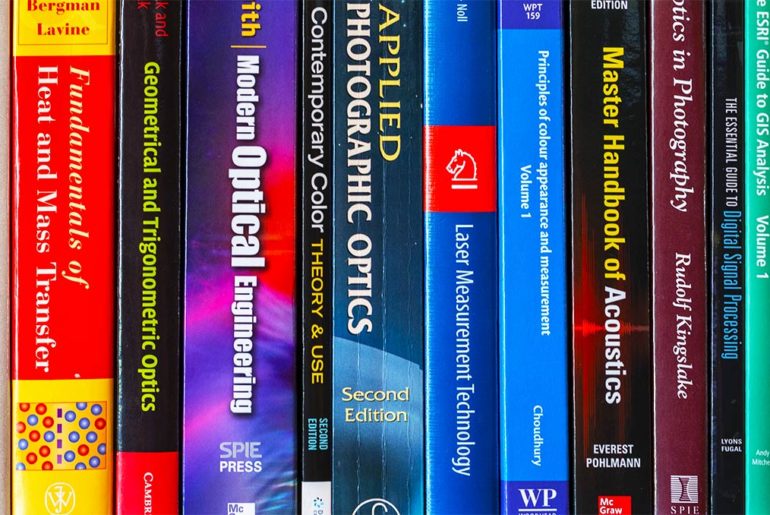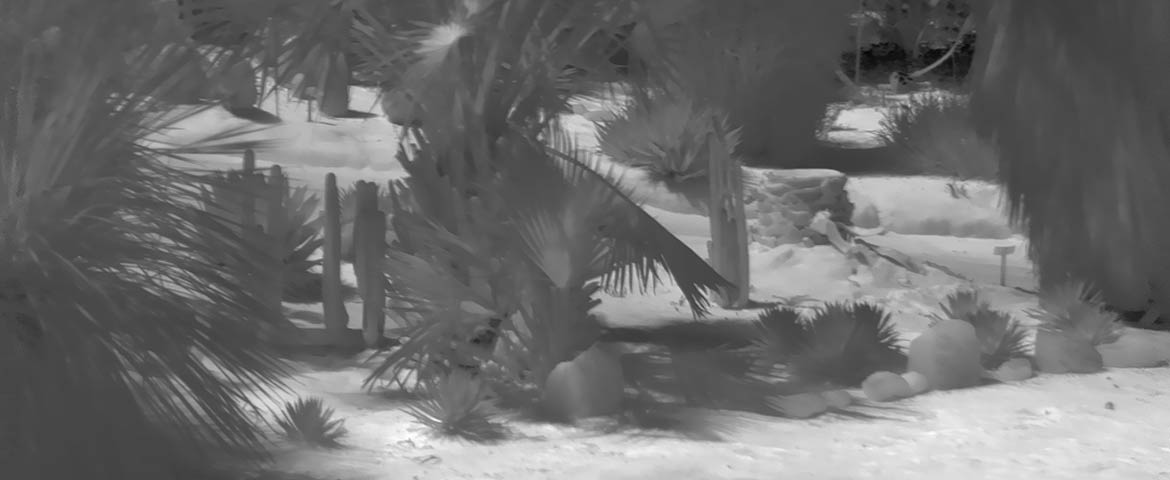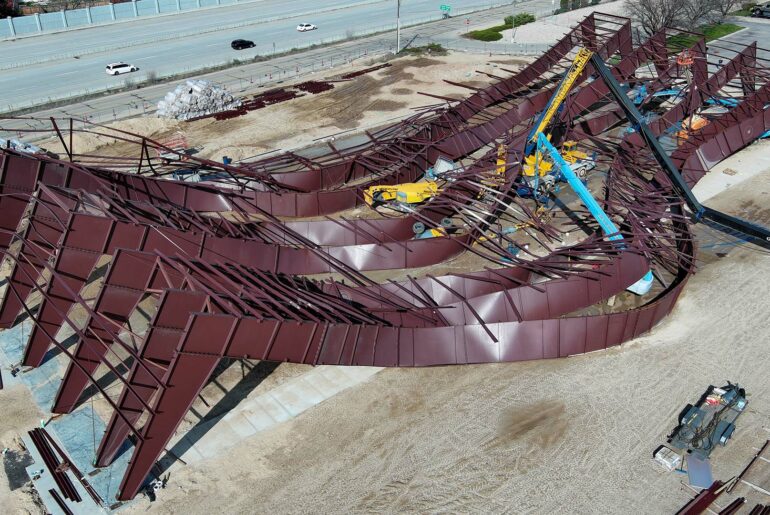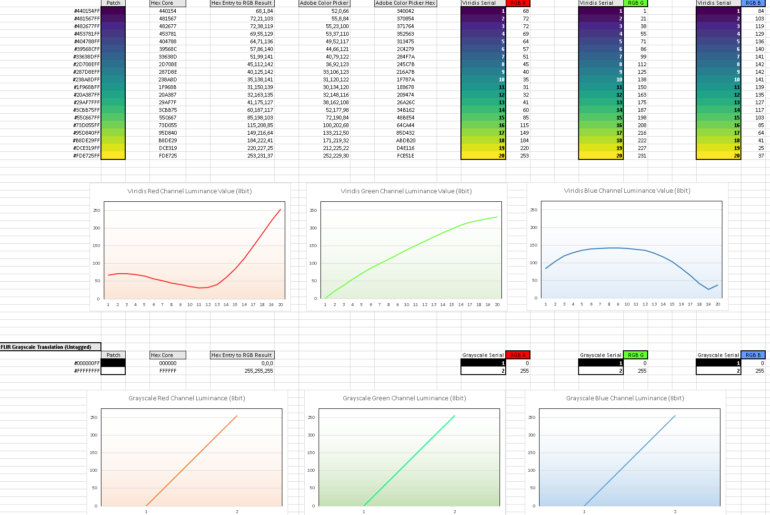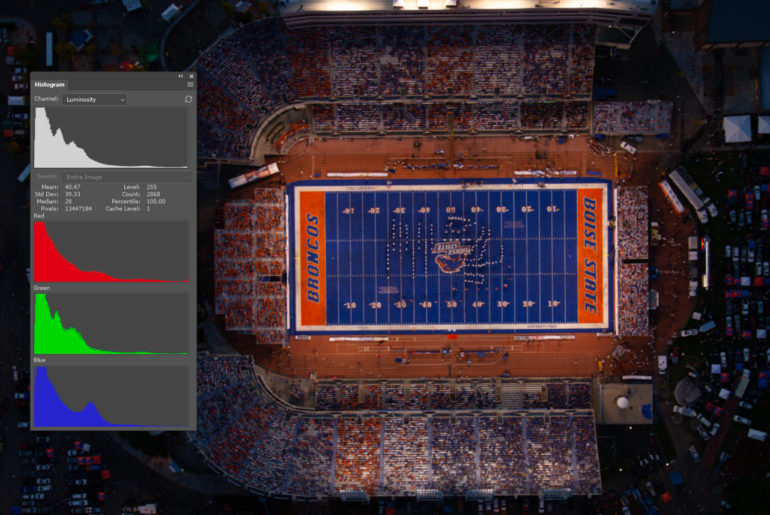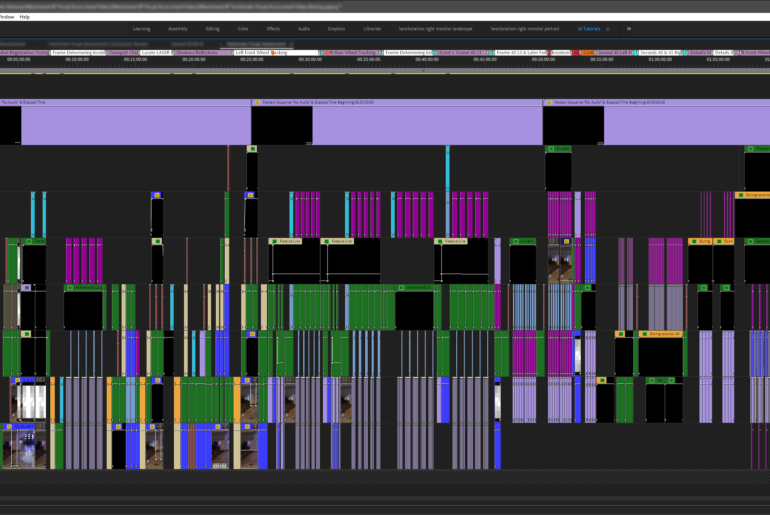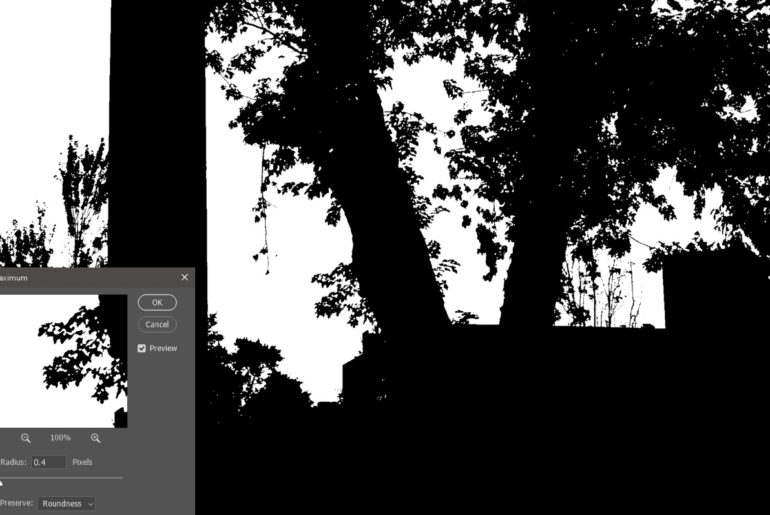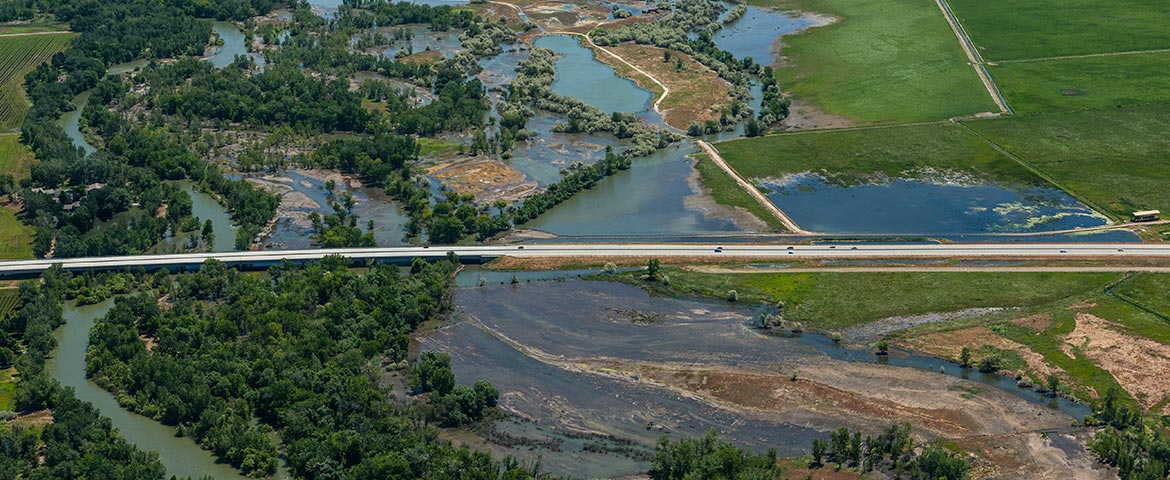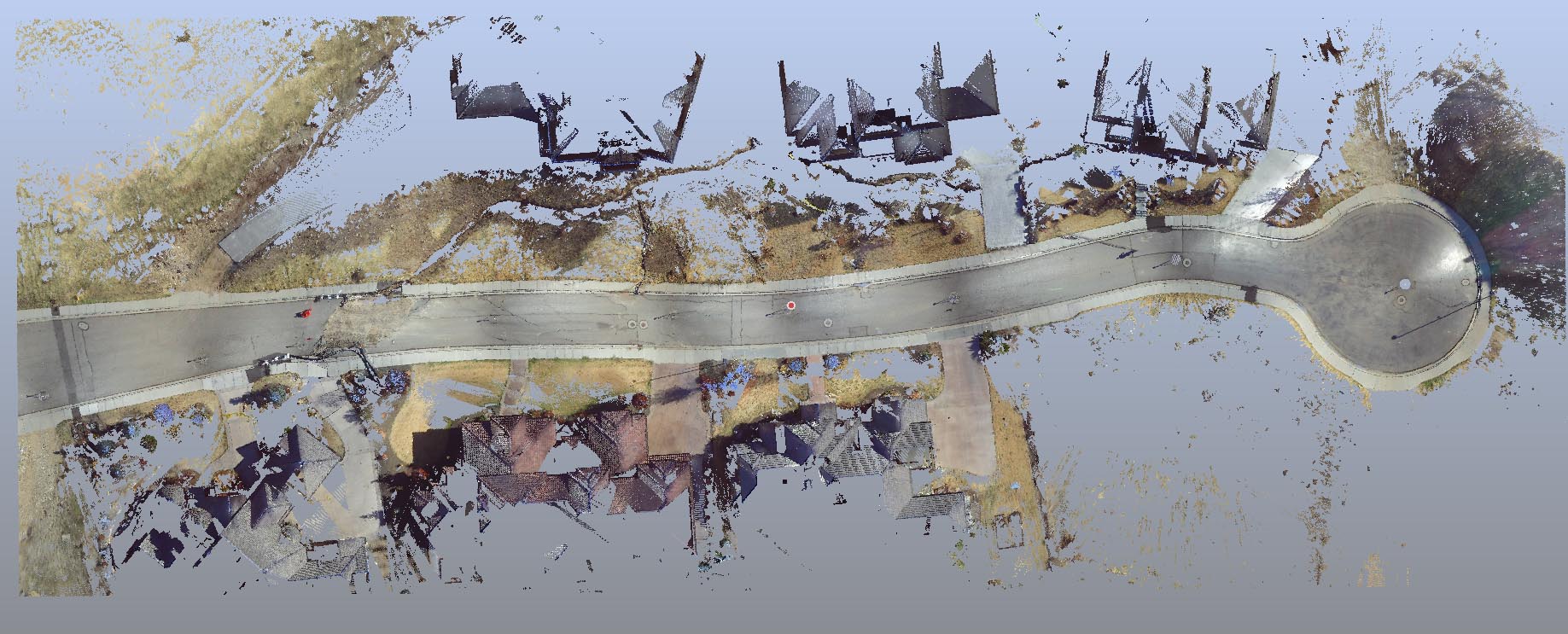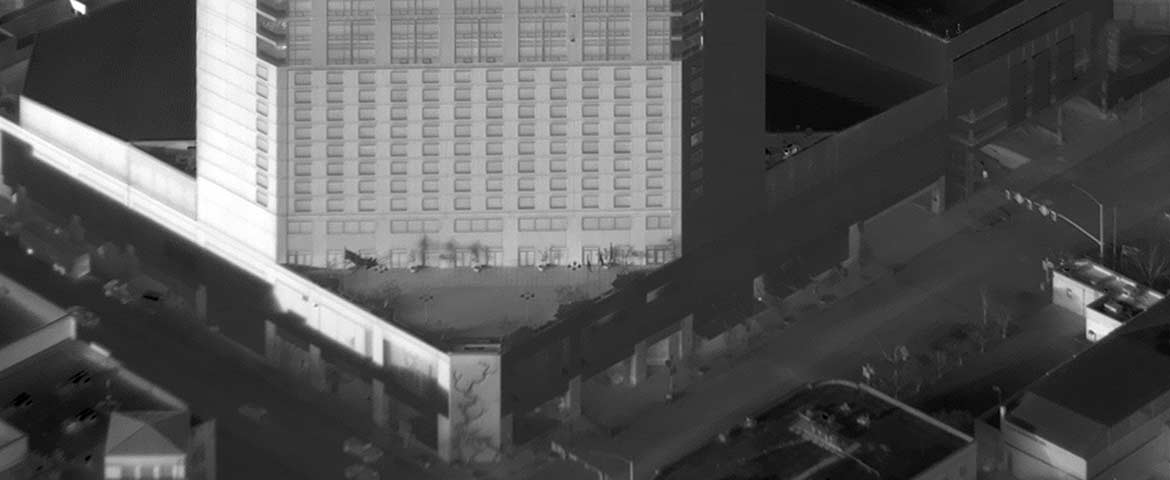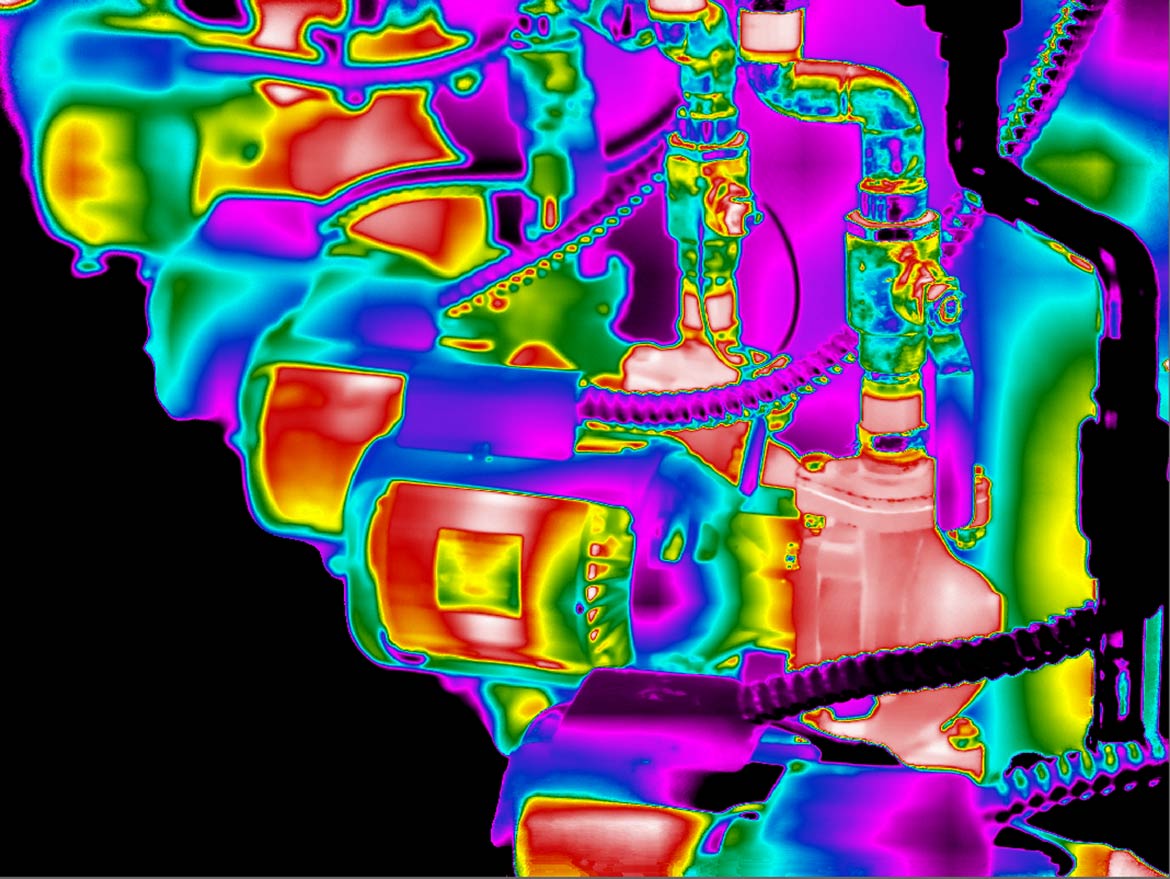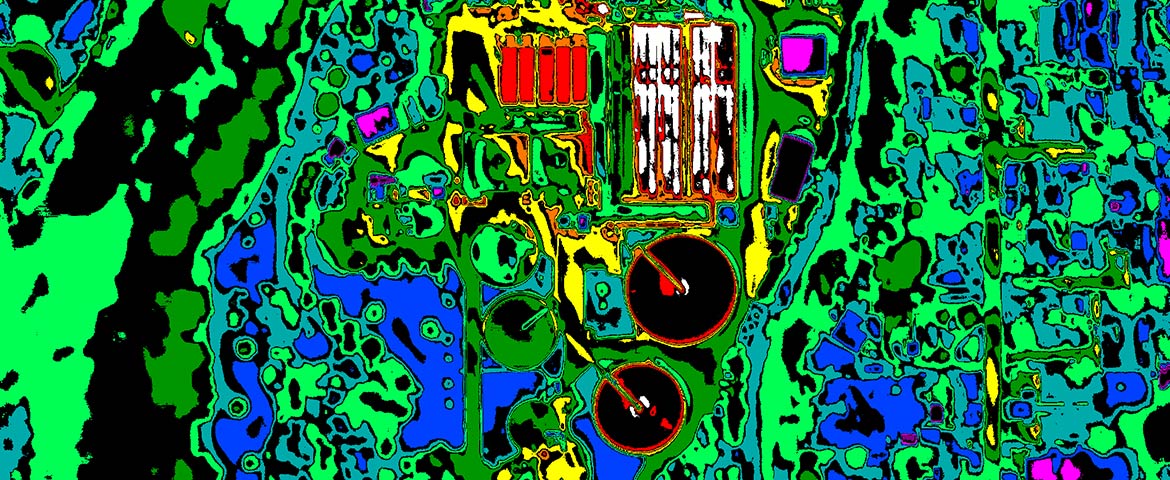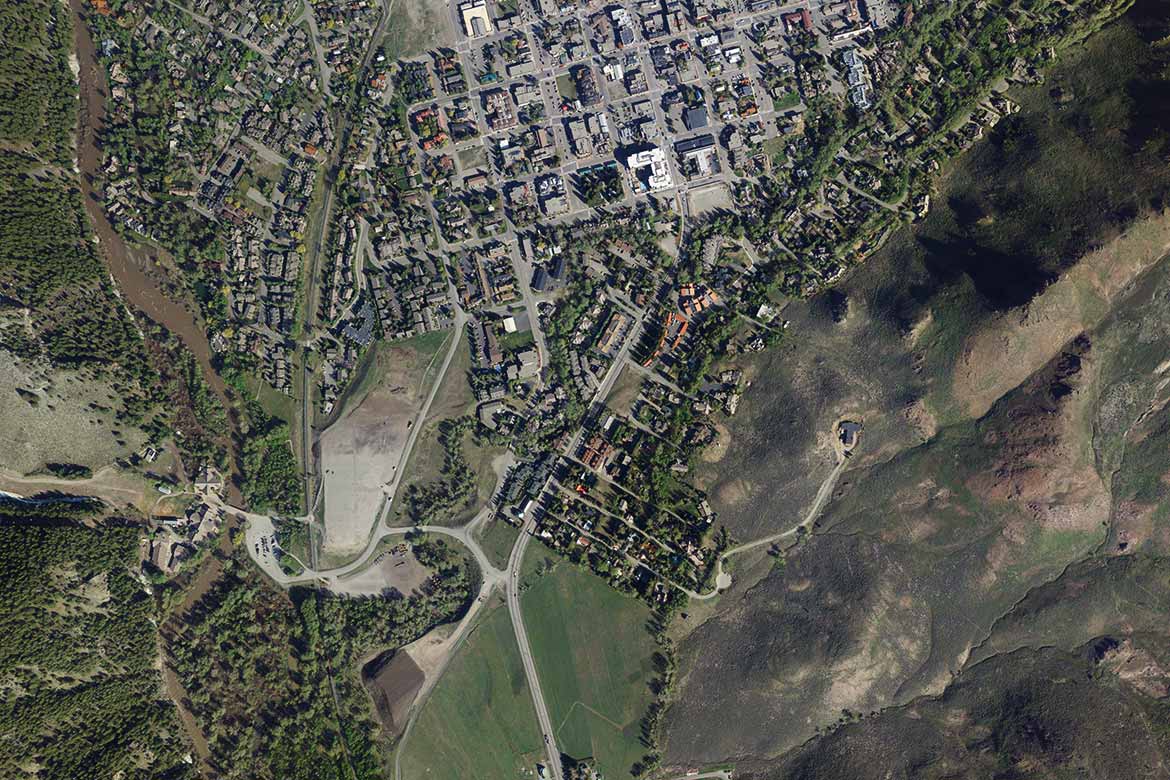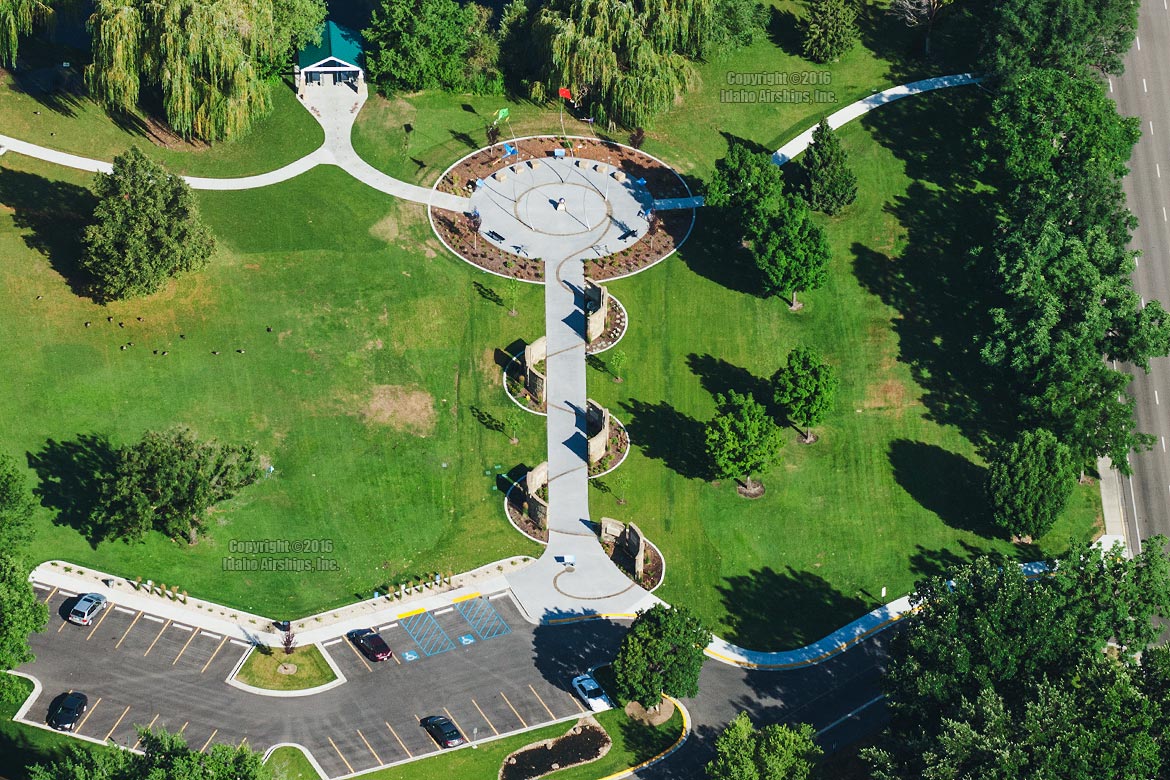Science is of peculiar value in jurisprudence but there is no particularly elegant fitment between the two philosophies.
The EPA has established a Heat Island Reduction Program (HIRP) and expressed that it is useful for communities in the preparation of projects, programs, and policies. While this language is nurturing vice systemizing, the statement is contained in a section titled “What EPA is Doing to Reduce Heat Islands.” An intent is obvious, and it must be considered that EPA is not a hobbyist organization.
Leo A. Geis, Principal at Idaho Airships, Inc. of Boise has been seated as a member of the United States Department of Commerce’s (USDOC) National Institute of Standards and Technology (NIST) Organizational Scientific Advisory Committees (OSAC) for Video and Imaging Technology and Analysis.
One of the most potent demonstrations of the problematic use of color exists in the discipline of thermography.
Digital imaging histograms (not to be confused with RGB Parades) are a census of pixels whose channel or composite values occupy certain “bins” or discrete values along the x-axis, or abcissa.
A common strategy for dealing with editing, rendering, and encoding output is to establish a “proxy” workflow; using less demanding “proxies” rather then original “resource hog” originals.
Photoshop is a shockingly “deep” application with latent but powerful features for generating selections.
The baseline and responsive documentation-and immediate dissemination-of technical (aerial, hyperspectral, etc.) imagery of flooding is tremendously practical.
Forensic LiDAR and “engineering grade” or “survey grade” LiDAR (LASER Scanning) are very different things. Applications in which engineering and survey LiDAR conventions are manifestly deficient include litigation and its ADR cousins (mediation, arbitration, etc.).
There is no excerpt because this is a protected post.
The images below represent some interesting results from both vertical (orthogonal) and oblique aerial thermography throughout 2018.
For the FLIR T10xx camera series lenses typically offer very low focal length ratios. The common 36mm/28°HFOV lens aperture is fixed at f1.15, while the less common 83.4mm/12°HFOV lens is fixed at f1.2.
It is a generally accepted principle to adjust the “exposure” of professional thermograms so that the bulk of the selected palette range is confined to features of interest in order to produce the finest representation of their thermal patterning.
Mapping metrologic data assets is frequently necessary, particularly with hyperspectral (other than visible band) imagery and spatial data sets such as LiDAR; the images simply aren’t accessible or recognizable by the general population using ordinary software.
Photographically-generated Point Clouds may be a profound liability in a forensic/contentious or other otherwise critical application.
